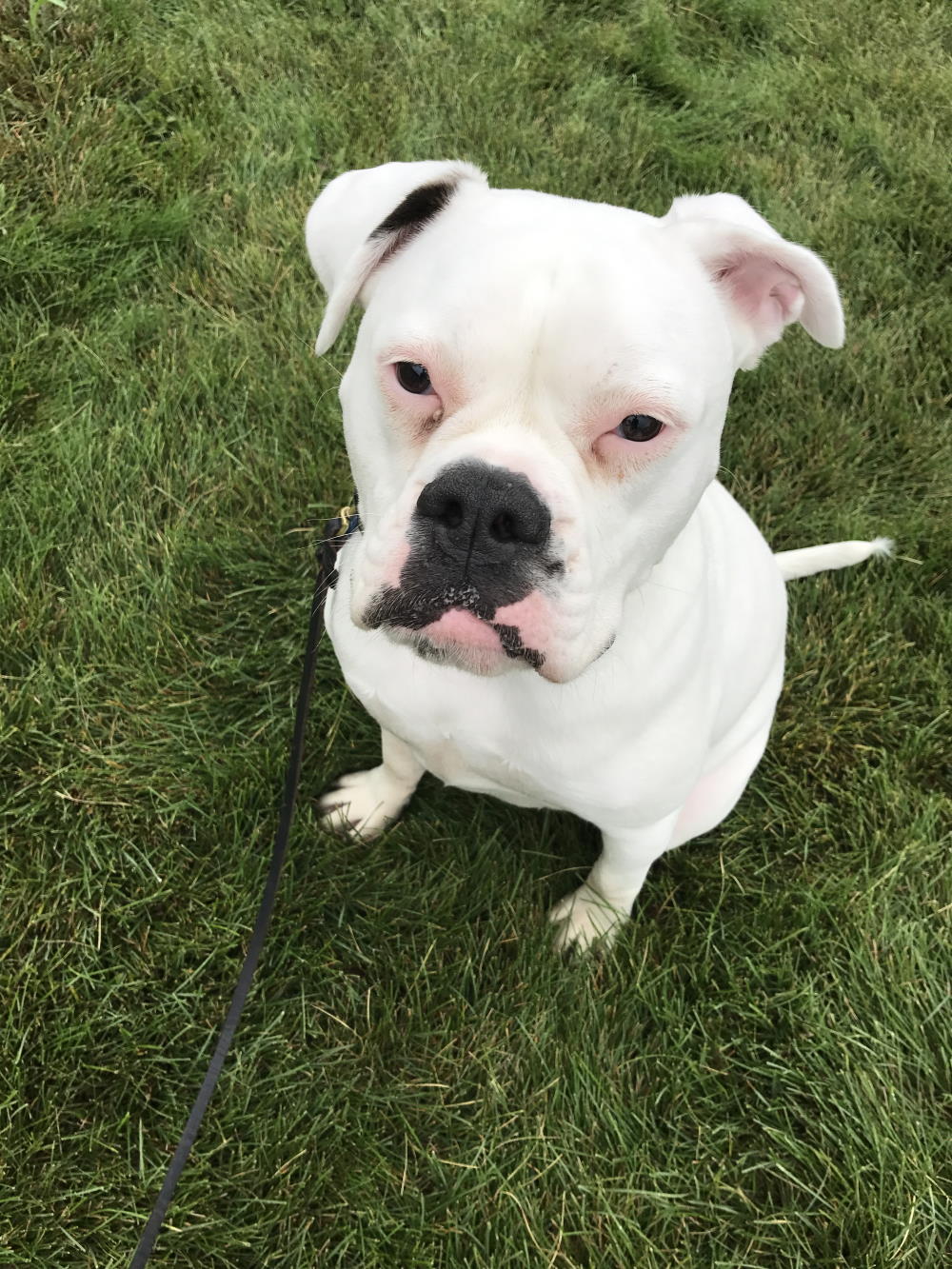E-COLLAR TRAINING FOR THE STUBBORN DOG

If I had a dollar for every time I’ve heard someone tell me that their dog is stubborn, I am pretty certain I’d be comfortably retired by now.
So many people describe their dog’s behavior as obstinate, strong willed, and headstrong. It is as if the dog spends hours plotting how to manipulate their owners into frustrated surrender!
I’m sure these beliefs stem from experiences where the dog has responded to words like “Sit” or “Come” a few times, and then suddenly they won’t comply to those same commands in situations where follow through is more crucial.
Many pet owners do some early training using treats to get their dog to “Sit” or "Come" to them around the house, and they are excited to see the dog respond so quickly. But, they become frustrated when they take the dog for a walk or go to the park to play and the dog won’t listen. Irritation sets in when the dog is barking and pulling toward other dogs rather than sitting when it is told to. Or, the dog is busy chasing squirrels and won’t come when it is time to leave the park.
It is easy to assume the dog is being stubborn when he doesn’t listen in these situations, but that assumption is probably wrong. It is far more likely that the dog simply has never been taught that he has to listen and follow through regardless of the situation and distractions present. This is why it is so important when you’re training that you understand the difference between willful disobedience and a dog that is either confused or insufficiently motivated to pay attention.
Dogs that are being willfully disobedient have had a significant amount of training time put in. They’ve had lots of practice time doing things correctly. They have successfully demonstrated time and time again that they understand what your commands mean. When they are making a choice to disregard you, they will momentarily check in or acknowledge that they heard you before ignoring the directive. It might be a brief look in your direction or a direct stare, but the dog checks in and then goes back to doing what they were doing before you interrupted their focus.
These dogs should be corrected for their infraction. Performance will improve if they understand there is a consequence to blatant disregard for a directive. If you’ve been using an e-collar through the process of training it is fair in these instances to turn up the level enough to create a sense of urgency for the dog to respond. But if you haven’t been using dog obedience collars to date with a dog that makes this choice to disobey, it isn’t fair to strap one on at this point and create a high level consequence. You must go back and e-collar condition the dog so that he has a fair opportunity to learn how to respond to the stimulation pressure first.
A dog that is being willfully disobedient is very different from one that has only had a few successful repetitions learning a behavior or one that has only practiced in a small number of controlled areas. These dogs are still new to the concepts and haven’t proofed the training through a wide variety of distractions and situations, so as to be held accountable to the same standard as the dog described above. These dogs aren’t following through because the training has not been generalized enough or they are flat out still confused about what is expected. They need and deserve patience and help to work through the learning curve.
Dogs that are confused and not certain of how to respond appropriately will try something. They won’t perform the correct behavior, but they are trying. For instance, if you want to have your dog “Sit” at a distance from you and he moves toward you instead, it isn’t that the dog is disobeying the command. He is uncertain of how to respond correctly because he has only practiced sitting right in front of you. He doesn’t realize that he should place his butt on the ground exactly where he is. He tries to get to you first before responding to the command. Turning up e-collar pressure in a situation like this to try and force compliance will most likely only make him come to you all the faster. What the dog needs is help learning to “Sit” exactly where he is (at a distance from you) and having a way to physically prevent him from moving to you, such as a back tie or place board, will help him understand the exercise.
A dog that has not had enough practice performing the exercises in a variety of locations needs more time and reps put in. These dogs are the ones most often labeled as stubborn. They perform well in environments with limited distraction, but are inattentive when in new locations because they are mesmerized (or sometimes anxious) with the new surroundings.
They may need an increase in e-collar pressure to help maintain attention, but they also need lots of practice time and sufficient use of rewards. Once they understand that paying attention to their owner is more desirable and yields better rewards than being distracted by smells, sights or noises, they will begin to generalize the concepts much more thoroughly.
Understanding the difference between if your dog is truly being disobedient or if the non-compliance is due to other factors is critical to knowing how to proceed with your training goals. When you’re trying to decide what the motivation is for your dog not listening to you, analyze the dog’s body language, and be honest acknowledging how much you have or haven’t practiced. If you are at all in doubt, then err on the side that the dog is either confused or overwhelmed by distractions in the environment and proceed thoughtfully rather than just losing your cool and taking frustration out on your dog.




